Analyzing Sony’s PlayStation 4 Pro Hardware Reveal: What Lies Beneath
by Ryan Smith on September 8, 2016 8:00 AM ESTThe Polaris Connection
Meanwhile perhaps the most surprising aspect of Sony’s announcement isn’t the specifications reveal, but rather that Mark Cerny directly referenced AMD’s Polaris architecture, stating that Sony/AMD "adopted many new features from the AMD Polaris architecture." This is a statement that has a lot of ramifications, but also a statement where nuance is critical because it’s so vague.
To examine the Polaris connection, let’s take a step back in how AMD develops their GPU families. While we like to think of architectures as a monolithic thing- that every aspect of an architecture is built specifically for that given architecture – the truth is quite different. Internally, AMD’s GPUs are developed in block fashion; each major functional unit can be developed separately, and AMD can mix and match the two. Typically, but not always, a major discrete GPU generation contains the latest versions of all of these blocks. Meanwhile semi-custom wins can get a lot murkier since the business is based around AMD being able to integrate just the parts that a customer needs.
Polaris is a great example of this. Compared to Fiji (GCN 1.2), AMD revised the command processor, the display controller, the multimedia engines and the geometry processor. Meanwhile the all-important shader cores were technically revised, but in practice other than increased internal memory, they are ISA-identical to GCN 1.2. Finally, AMD did not touch the render backends, the rasterizer, or the work scheduler at all.
This means that Sony can equally pick and choose which parts of the GPU they want to update, which is important given the forward compatibility mandate of the PS4 Pro. Adopting features from Polaris does not mean that this is a full Polaris GPU.
Given the updated specifications of the console, I think it’s safe to assume that AMD has integrated their newer generation display engine and multimedia engine. The former is necessary to add support for HDMI 2.0 – critical for the console’s 4K display capabilities – while the latter is equally necessary to support 4K video decoding, including the most recent HEVC format that 4K services have been preferring.
Beyond that, however, there’s nothing that definitively points to the PS4 Pro’s SoC integrating other, newer components from Polaris. An updated memory controller would make a lot of sense if the memory clockspeeds are higher, but whether the shader cores or geometry engine have been touched are both very good questions. The PS4 has previously been described as using a GCN 1.1-era shader core, so it’s not impossible that it simply uses a larger version of such core (as opposed to Polaris’s GCN 4) to ensure compatibility. Essentially Sony & AMD’s options run the gamut from a truly updated PS4 SoC to a Polaris 10 stuffed into an SoC, and depending on Sony’s technical needs, both options would be valid.
Power Consumption, HDR, & Closing Thoughts
Finally, also on Sony’s official spec sheet is the maximum (“up to”) power consumption of the console. These values aren’t comparable to the TDPs we’re accustomed to with discrete video cards, but they’re useful for intra-PlayStation comparisons.
In this case, Sony has published that the PS4 Pro has an up to power consumption of 310W. We don’t have a similar official number for the original PS4, however its PSU is widely reported as being rated for up to 250W. Meanwhile we do have a similar number for the new slim PS4, which is 165W. So right off the bat we can see that the PS4 Pro’s maximum power consumption is significantly higher than its slim sibling, and still higher than its original 28nm generation counterpart.
Even with the move to 16nm, it’s not possible to improve an SoC in this fashion without increasing the power consumption. The GPU alone offers better than 2x the throughput of the 28nm console, and the Jaguar cores are clocked higher as well. Though it doesn’t look like we’re approaching the extreme power consumption of the likes of the original PlayStation 3, it’s clear that power consumption has gone up for the PS4 Pro, and that relative to the comparable slim PS4, there’s a significant power cost for the console’s much improved capabilities. Which is by no means unexpected, but it’s interesting to see Sony willing to build a bit bigger, bit more power hungry console than what they did with the original PS4.
Meanwhile, it’s worth pointing out that Sony has opted to equip the console with the same 6x BD-ROM drive as used in the other models, meaning that the PS4 Pro cannot play Ultra-HD Blu-Ray discs. Given Sony’s stake in the development of the Blu-Ray standards, this is a bit surprising. From a technical perspective I have no doubts that the SoC is capable of all of the necessary video decode and DRM responsibilities, as the requirements for streaming 4K services are similar, if not higher. So perhaps this is about licensing fees, or drive costs, or just that Sony is betting on the future of streaming over the future of optical disks.
Speaking of video, though I haven’t covered it in depth, HDR is a major focus for Sony as well. PS4 Pro obviously gets it, and thanks to the presence of HDMI 2.0, it gets the best support for it. Going by previous statements from AMD on GPU architectures, PS4 Pro should be fully capable of HDR for gaming, photos, and movies.
And in a surprise announcement, Sony also announced that they are backporting HDR support to the new slim PS4 and the original PS4. Looking again at our chart, we see how this can work: AMD’s older display controller (represented here by the Radeon 300 series) can support HDR, even over HDMI 1.4b. However there’s a bit more uncertainty in just what the older consoles can do with HDR. In the dGPU space, the lack of HDCP 2.2 support has been cited by AMD as one of the reasons their older GPUs can’t support HDR movies. However other Sony statements have indicated that there will be HDR support for YouTube and Netflix on the older model PS4s. So just what are technical limitations and what are contract limitations is not clear. Presumably we’ll have a better answer next week whether the original PS4 has all of the Pro’s HDR capabilities (sans 4K) or if there are further limitations that just haven’t been made clear yet.
Wrapping things up then, alongside announcing the PS4 Pro console, Sony also announced a ship date and a price. A 1TB version of console will be hitting the streets on November 10th for $399, and preorders have already started. This is the same price that the original 500GB PS4 launched at nearly 3 years ago, and $100 more than the new $299 500GB slim PS4. The slim PS4 has of course already been fully disassembled, and it goes without saying that I’m looking forward to seeing what lies beneath the new PS4 Pro once it gets its own teardown treatment.


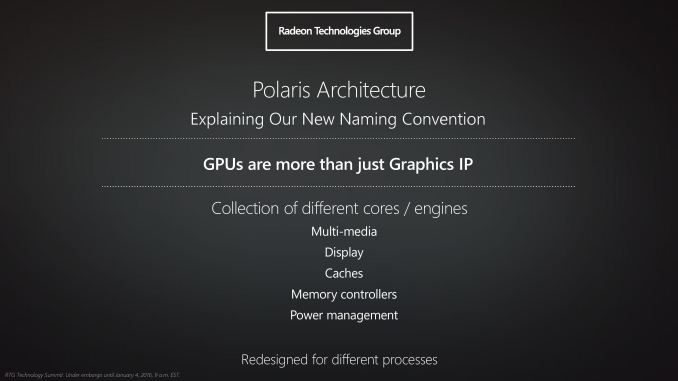
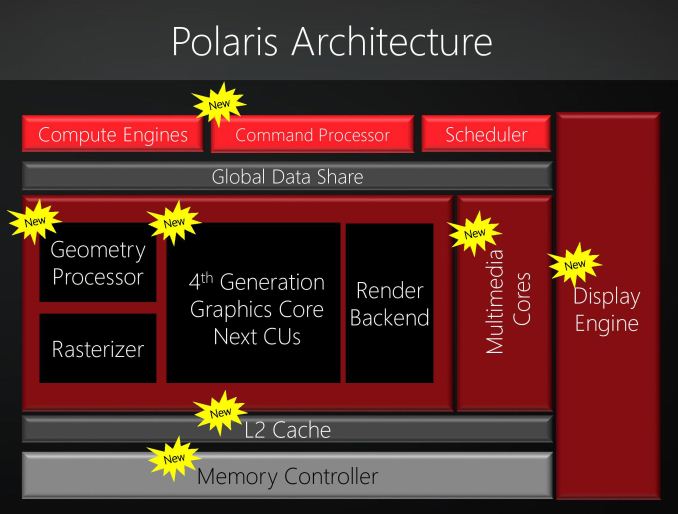
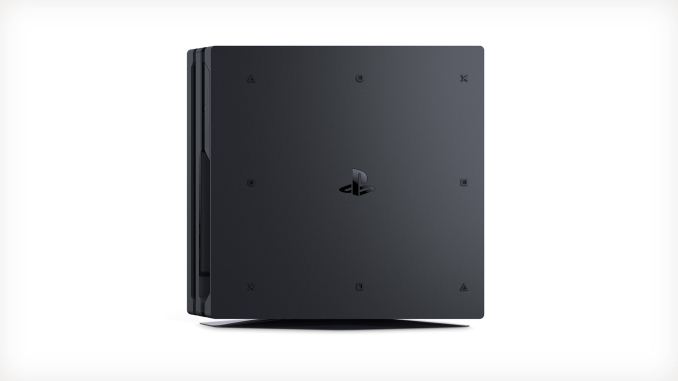
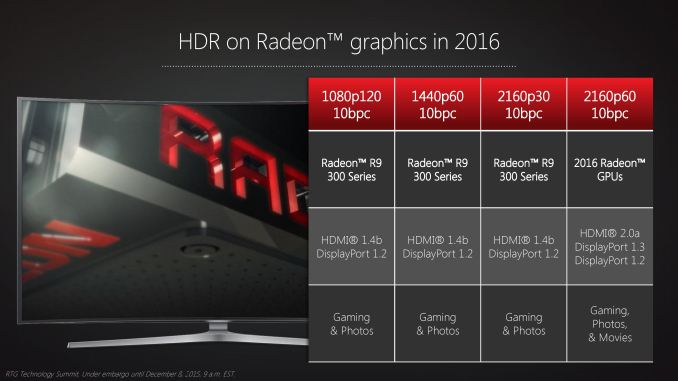
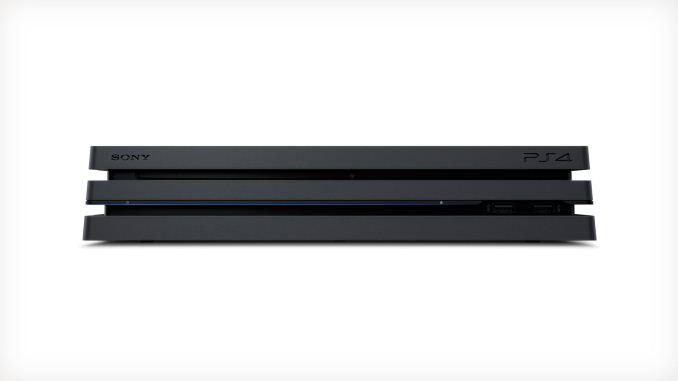








207 Comments
View All Comments
Frodo_ - Thursday, September 8, 2016 - link
The PS4 PRO is a complete and otter B***S**T!As a current PS4 owner this does not offer Nothing over my current system.
Why do I need PRO if my A/V system can upscale to 4K? ....and the fact that there's no UHD BluRay player, it puts a nail on the coffin.
I feel that Sony should had the PRO features in the original PS4, this is an insult , a $400 insult! Sony KMA!!!!
Frodo_ - Thursday, September 8, 2016 - link
......and to add to my frustration, PS4 Slim! why couldn't the original PS4 be slim to begin with? WTF are the designers/engineers are doing? ..playing XBOX OnE? geez...JeffFlanagan - Thursday, September 8, 2016 - link
You've lost your mind completely.tipoo - Thursday, September 8, 2016 - link
Because heat? Be thinner and even louder? No thanks. 16nm enabled slim.Wolfpup - Thursday, September 8, 2016 - link
Uuuuuh, is this supposed to be satire? Other sites I'd be surprised by comments like this, but presumably people reading Anandtech know better LOL.JeffFlanagan - Thursday, September 8, 2016 - link
No it's not (whatever "otter B***S**T" is supposed to mean), but of course some people will go crazy regarding any new product.Your feelings have nothing to do with the real world. Maybe get yourself some help rather than raging irrationally in public.
Wolfpup - Thursday, September 8, 2016 - link
<<<As a current PS4 owner this does not offer Nothing over my current system.>>>It does, actually.
<<<Why do I need PRO if my A/V system can upscale to 4K? ....and the fact that there's no UHD BluRay player, it puts a nail on the coffin.>>>
Well, this is going to run games better than the current model does. Remains to be seen how much the extra power will really be used though. Will vary on a case by case basis probably, but it may be failry significant in some games.
<<<I feel that Sony should had the PRO features in the original PS4, this is an insult>>>
How could they? They were losing money at $400 3 years ago, were at close to the limit of the manufacturing process, and you expected them to throw in 2x more GPU?
<<<a $400 insult!>>>
Why?
Frodo_ - Friday, September 9, 2016 - link
@Wolfpupaside from native 4K and HDR and lets put the cpu/gpu aside, it offers nothing!
I can play everything on my current system. I have NO bottlenecks whatsoever..
4K was out well before the PS4 originally came out.. and the talk was at that time is Sony wud include it but dint!
please.... tell me what the advantages are?
"They were losing money at $400 3 years ago" they were NOT!!! cmon!
I already shelled out $400 for my last system so every 3 years Im supposed to shovel out another $400 pleeeeese! for 4K right!
people need to wake up this is how they make $$$ iteration to iteration...
@JeffFlanagan @tipoo
typical trolls... you guys need education...
Frodo_ - Friday, September 9, 2016 - link
....If anything, this system should have been cheaper then $400! the price of mem/cpu drop on a daily basis and dont forget when it comes to parts, consumer costs <> Sony costs! They built these systems on a dime.Why does this system cost $100 more? for essentially the same cpu overclocked?
noone2 - Friday, September 9, 2016 - link
You're not making any sense. Some version of PS4 has to be on sale from now until it is replaced. Whether it's just PS4, PS4 Pro, or both is irrelevant. Both systems will play every game as best they can, PS4 is still available at $299, and now you have a choice of some improved performance and quality if you want to spend an extra hundred. Your PS4 will still play every game exactly how it would have before PS4 Pro's existence.As a consumer, PS4 Pro is nothing buy an absolute positive. If PS4 Pro didn't exist, you'd still have already shelled out $400 3 years ago and you'd still have the system you did.
Now you get a choice -- keep your PS4 and enjoy it till end of life or sell it and buy the new one until end of life. Nothing about your situation has changed at all.